2016 GTS Used Turbo 3L I6 24V Automatic RWD Coupe Premium
- Make: BMW
- Model: M4
- Type: Coupe
- Trim: M4 GTS
- Doors: 2 Doors
- Year: 2016
- Mileage: 53
- VIN: WBS4S9C59GK578869
- Color: White
- Engine size: 3L I6 24V
- Number of cylinders: 6
- Fuel: Gasoline
- Transmission: Automatic
- Drive type: RWD
- Interior color: Black
- Vehicle Title: Clear
- Interested?
2016 BMW M4 M4 GTS Description
This is something special! 1 of 300 GTS M4's! this one is supposedly 1 of 23 in white!Clean Carfax!From Car and Driver magazine:
Carbon-ceramic brake rotors; a carbon-fiber hood, roof, strut brace, driveshaft, rear wing, front splitter, and rear bulkhead; and lightweight interior trim borrowed fromthe i3, are standard and reduce weight. These help offset the 22 pounds of mass added for the water-injection system. All the GTS cars for the U.S. come with an orange-painted, four-point roll cage in place of the usual back seat. U.S.-spec cars won’t have the ultra-lightweight carbon-fiber seats seen in these pictures; instead we’ll get a lighter-than-normal sport seat with manual adjustments. The result is a car that weighs about the same as aregular M4fitted with the dual-clutch automatic transmission (the only gearbox for the GTS), or 3550 pounds.
There’s more magic in the chassis. BMW chose meaty Michelin Pilot Sport Cup 2 tires, 265/35ZR-19 up front and 285/30ZR-20 in back, to wrangle the gut-punch torque and the rest of the chassis changes in step. The basic suspension setup, struts in front with a rigidly mounted rear subframe carrying a multilink suspension and an electronically controlled limited-slip differential in back, remains, but three-way adjustable dampers with external reservoirs and adjustable spring perches (they can lower the car by 0.8 inch for track duty) are employed here. The extra grip of the Cup 2s also required a change to the engine: The sump carries an extra quart of motor oil to avoid oil starvation in high-g maneuvers.
With the extra power and grip, we expect the GTS to run the quarter-mile in 11.5 seconds. Drivers are likely to do a lot of these sprints just to hear the engine at full tilt, because it sounds like a feral beast. BMW cites 493 horsepower and 443 lb-ft of twist, but it feels more like 550 of each. And purists, rejoice! No artificial soundtrack pumps through the speakers here. All sounds are 100-percent pure inline-six.
Contact Sal Calabria: 704 535 7100/C 704 577 1070 or 24 hrs: scalabria@foreigncarsitalia.com
 2016 428i SULEV Coupe Used Turbo 2L I4 16V Automatic RWD Coupe Premium
2016 428i SULEV Coupe Used Turbo 2L I4 16V Automatic RWD Coupe Premium
Mileage: 3,475
 2016 Used Turbo 3L I6 24V Automatic RWD Coupe Premium
2016 Used Turbo 3L I6 24V Automatic RWD Coupe Premium
Mileage: 9,800
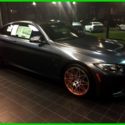 2016 GTS New Turbo 3L I6 24V Automatic RWD Coupe Premium
2016 GTS New Turbo 3L I6 24V Automatic RWD Coupe Premium
Mileage: 9
 2016 i xDrive Used Turbo 3L I6 24V Automatic AWD Coupe Premium
2016 i xDrive Used Turbo 3L I6 24V Automatic AWD Coupe Premium
Mileage: 3,379
 2016 i Used Turbo 3L I6 24V Automatic RWD Coupe Moonroof Premium
2016 i Used Turbo 3L I6 24V Automatic RWD Coupe Moonroof Premium
Mileage: 8,351
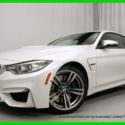 2016 Used Turbo 3L I6 24V Automatic RWD Coupe Moonroof Premium
2016 Used Turbo 3L I6 24V Automatic RWD Coupe Moonroof Premium
Mileage: 8,200
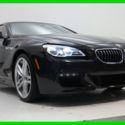 2016 i Used Turbo 4.4L V8 32V Automatic RWD Coupe Moonroof Premium
2016 i Used Turbo 4.4L V8 32V Automatic RWD Coupe Moonroof Premium
Mileage: 11,449
 2016 GIGA WORLD Used Turbo 1.5L I3 12V Automatic AWD Coupe Premium
2016 GIGA WORLD Used Turbo 1.5L I3 12V Automatic AWD Coupe Premium
Mileage: 13,117
 2016 650i xDrive Used Turbo 4.4L V8 32V Automatic AWD Coupe Premium
2016 650i xDrive Used Turbo 4.4L V8 32V Automatic AWD Coupe Premium
Mileage: 3,549
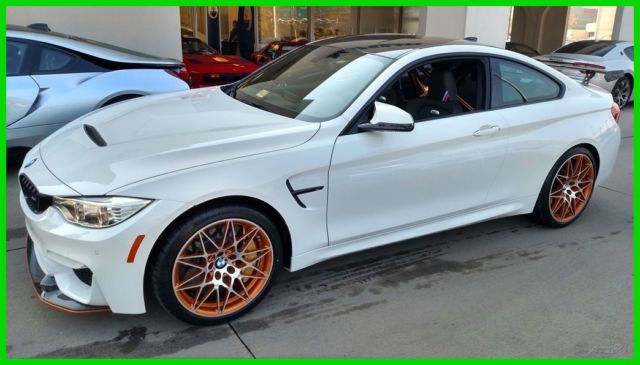
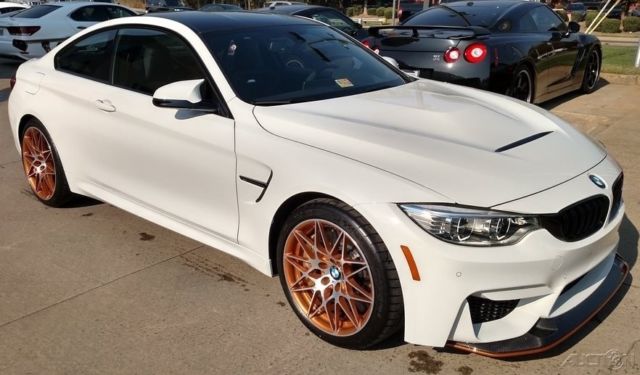
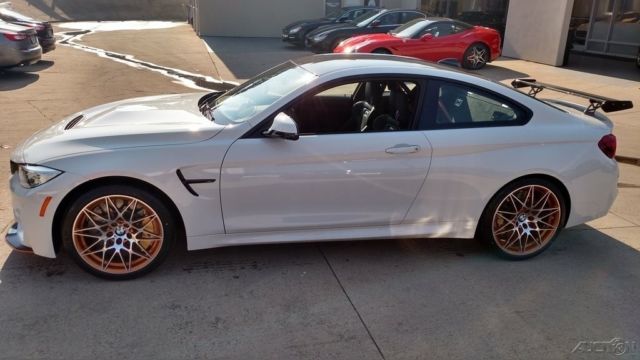
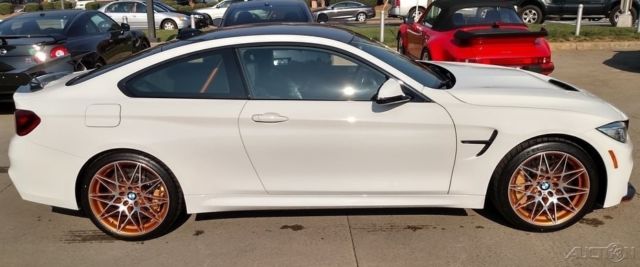
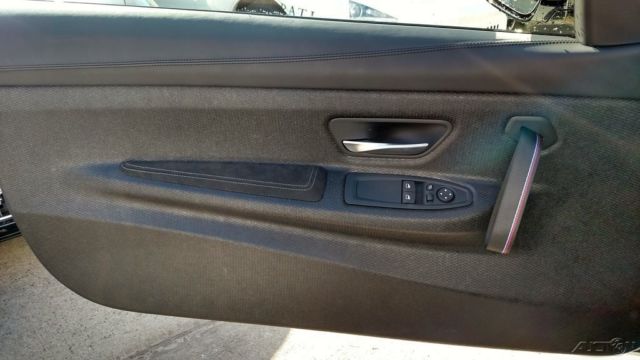
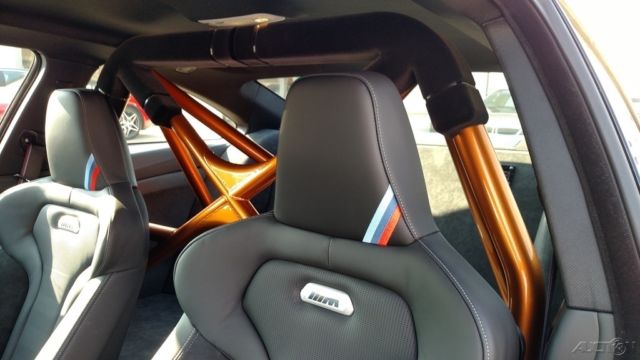
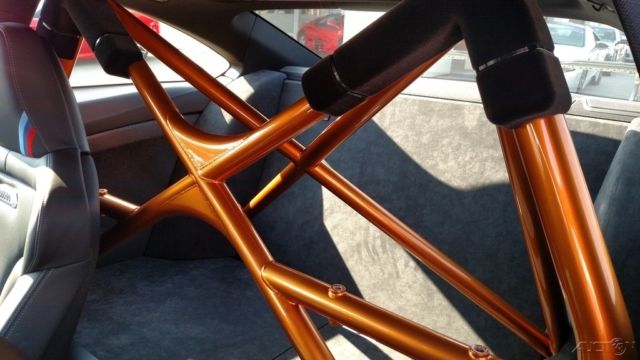
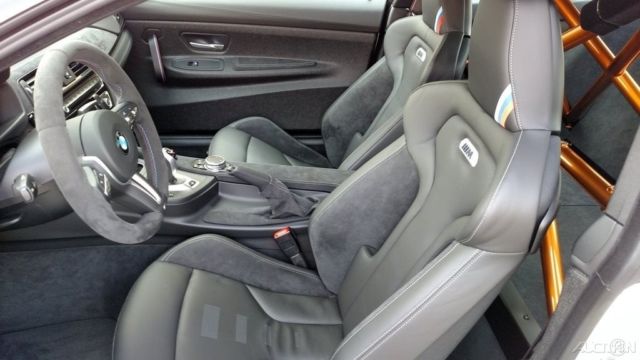
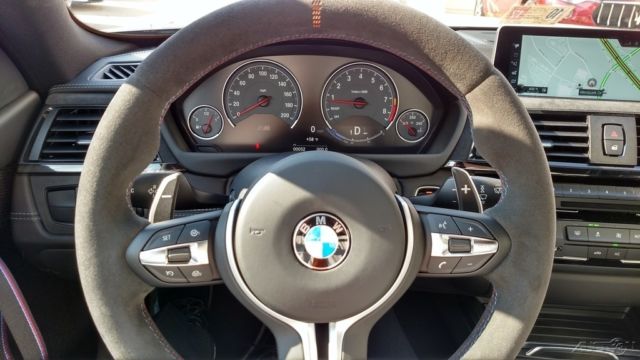
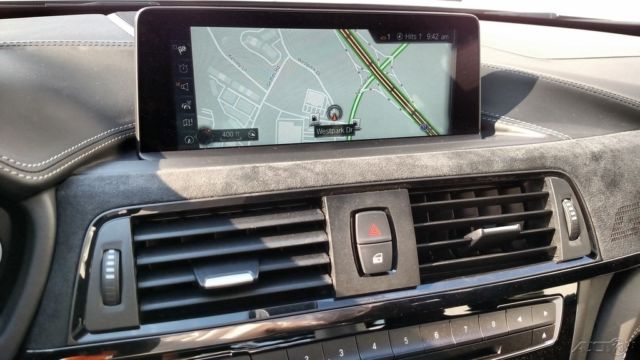
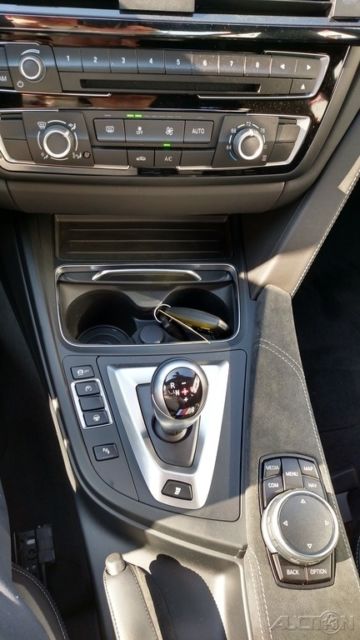
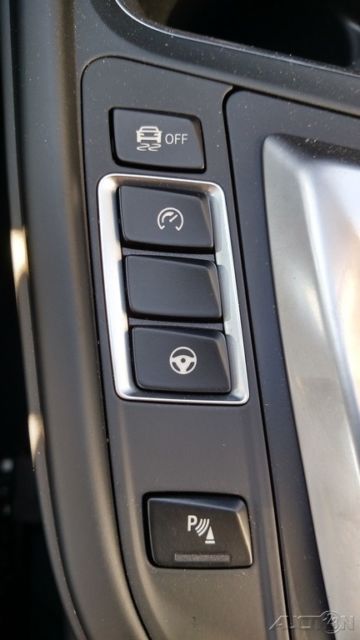
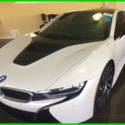 2016 Used Turbo 1.5L I3 12V Automatic AWD Coupe Premium
2016 Used Turbo 1.5L I3 12V Automatic AWD Coupe Premium